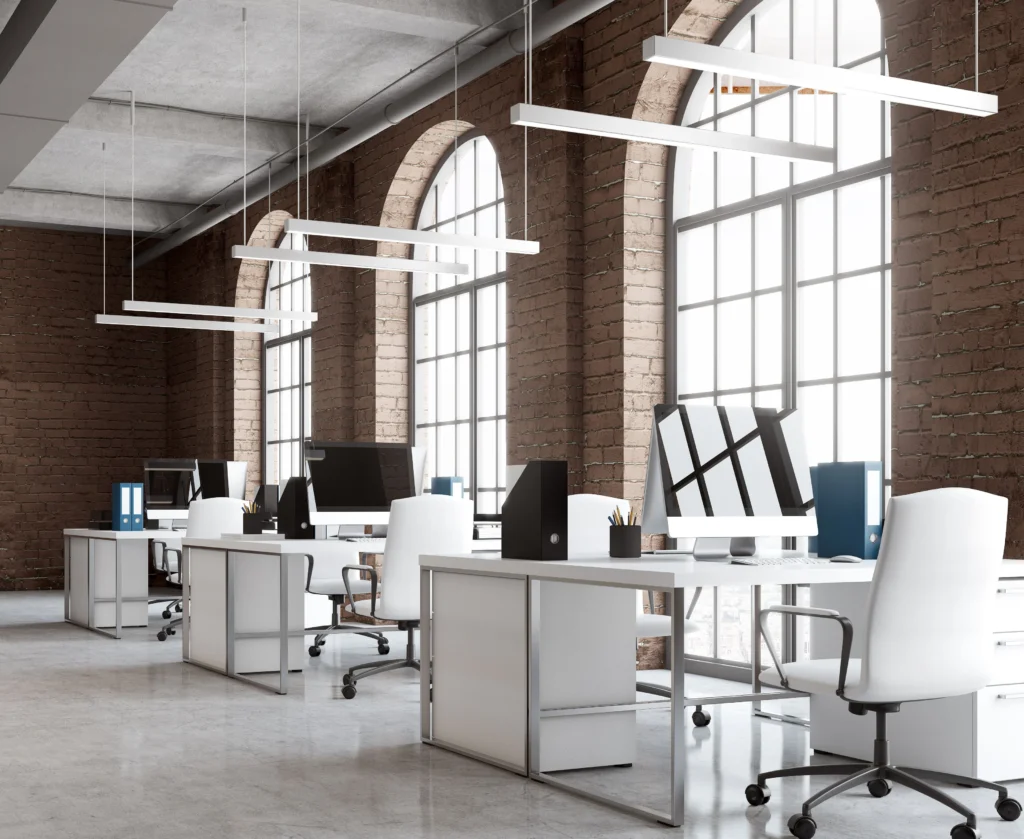Choosing the right work light for industrial use isn’t just about picking something bright enough. From safety to efficiency, there’s a whole spectrum of features that industrial workers, maintenance technicians, and safety managers need to consider. The right work light can mean the difference between smooth, safe operations and struggling in poorly lit conditions.
This guide will walk you through the top features that can make a work light not just good, but perfect for industrial use. Whether you’re deep in a mine, servicing equipment, or tackling maintenance in a dimly lit factory, these features will help you make informed decisions. And hey, don’t forget to work with trusted work light manufacturers who understand the unique challenges of industrial environments.
Why Choosing the Right Industrial Work Light Matters
Lighting directly impacts safety, efficiency, and overall work quality. Poor lighting can lead to accidents, errors, or fatigue. On the flip side, well-chosen work lights reduce strain, enhance focus, and ultimately boost productivity.
But not all lights are built equal—industries often require robust, durable, and flexible options that can withstand tough environments. Whether you’re in construction, manufacturing, automotive, or maintenance, understanding what to look for can help you avoid costly mistakes.
Top Features to Consider When Choosing Work Lights
1. Brightness and Adjustable Lighting Options
Industrial environments are demanding, and proper lighting is crucial for precision and safety. Consider lights with high-lumen output to ensure adequate brightness levels. The brighter the area, the easier it is to spot small details or potential hazards.
But here’s the twist—sometimes, too much light can also be a problem (think glare or unnecessary energy use). That’s why adjustable brightness settings are a game-changer. These allow workers to tweak the light’s intensity based on the task at hand.
Pro Tip: Look for work lights with LED technology. They offer incredible brightness while being energy-efficient.
2. Portability and Flexibility
Industrial workspaces aren’t static, so your work light shouldn’t be either. Portability is essential for workers who need to move from one site to another. Features like durable handles, lightweight designs, and long power cords make a big difference.
Additionally, adjustable heads or flexible mounting options allow you to angle the light exactly where it’s needed. Imagine repairing machinery with one hand while the light adjusts effortlessly for maximum visibility—that’s the flexibility you want.
3. Rugged Build and Durability
Industrial sites tend to be unforgiving. Dust, water, drops, and even extreme temperatures are all part of the game. A reliable work light must be built like a tank. Look for features like:
- Shock resistance (because accidents happen).
- Water and dustproof ratings (look for IP65 or higher to protect against harsh conditions).
- Sturdy construction materials like aluminum or reinforced plastic.
Working with reputable work light manufacturers ensures you’re sourcing tools designed for durability and harsh environments.
Did You Know? Some industrial-grade lights even undergo drop tests to ensure their robustness—perfect for accident-prone situations.
4. Power Source Options
Flexibility in power sources matters more than you might think. Depending on your setup, you may need a light that works with rechargeable batteries, corded setups, or both.
- Rechargeable batteries: Great for mobility but ensure they have long life spans.
- Corded options: Ideal for extended work sessions without interruption.
Some advanced models even offer hybrid power options, so you don’t have to choose between convenience and reliability.
5. Color Temperature
Not all light is created equal. Ever noticed how warm lighting feels cozy while cool lighting feels sharp? That’s color temperature, measured in Kelvin (K).
For industrial tasks, lights with cooler temperatures (around 4000K-6500K) are more effective. They mimic daylight, improving visibility and reducing strain on the eyes, especially during long shifts.
6. Energy Efficiency
Running industrial work lights for extended periods can add up in energy costs. Opt for LED lights—they consume significantly less energy than traditional lighting options like halogen or fluorescent lights.
Plus, LEDs have a much longer lifespan, meaning fewer replacements and lower long-term costs. Energy efficiency paired with durability is a win-win when selecting your lighting solution.
7. Safety Certifications
Lastly, and most importantly, safety certifications are non-negotiable. Look for standards like:
- OSHA compliance for workplace safety.
- UL or ETL certifications to ensure the light meets specific safety standards.
Certified lights are tested for their electrical and structural integrity, giving you peace of mind in high-risk environments.
Bonus Features to Consider
Some work lights go above and beyond with extra features designed for convenience and functionality:
- Magnetic bases: Ideal for automotive or metalwork applications.
- Built-in USB charging: Perfect for charging small devices on the go.
- Motion sensors: Automatically turn the light on/off to save energy during idle periods.
Look for these extras if they fit your needs—they can transform a good work light into an invaluable tool.
Partner with the Right Work Light Manufacturers
Choosing the right features is important, but equally crucial is partnering with trusted work light manufacturers. Quality manufacturers not only produce durable and innovative lights but also provide exceptional support, warranties, and custom solutions based on industry-specific needs.
Industrial environments demand versatile, high-quality solutions, so don’t just settle for any portable light from the local hardware store. Reach out to experts who understand what goes into making robust, reliable lighting for demanding situations.
Light Up Your Workspace the Right Way
Investing in the proper work lights for industrial use isn’t just about getting the job done—it’s about doing it efficiently, safely, and comfortably. With the right lighting, you’ll reduce errors, improve productivity, and enhance workplace morale.
Need help finding the perfect solution? Start by identifying your workspace needs, focus on durability and flexibility, and reach out to reputable work light manufacturers for guidance. Taking these steps will ensure you’re equipped with reliable tools that work as hard as you do.
It’s time to light up your workspace—and your workflow.






